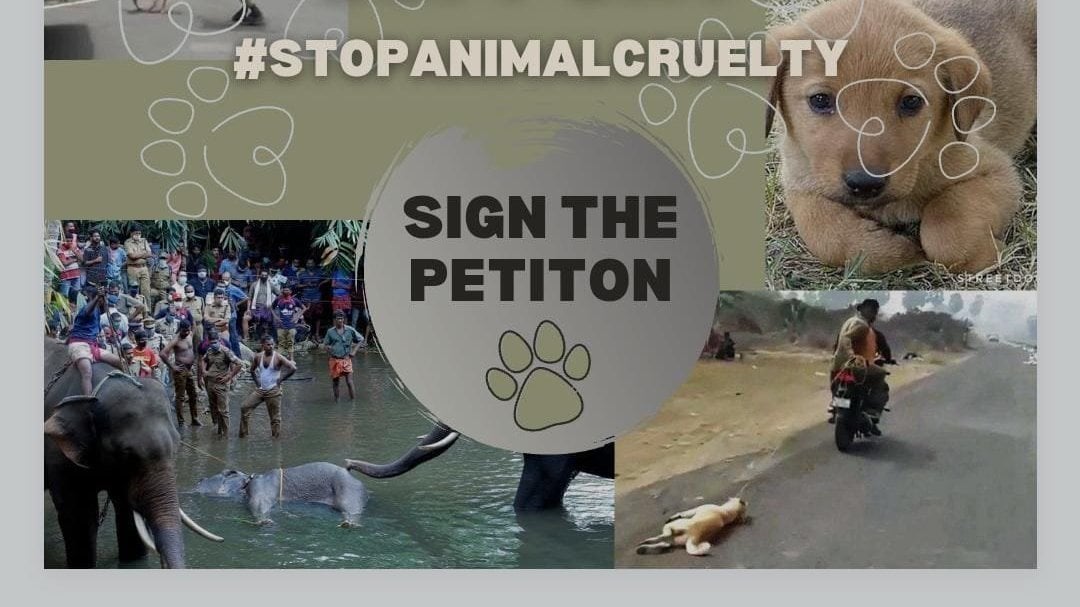Animal protection laws have long been a subject of heated debate in India. Despite valiant efforts from various activists and organizations advocating for the rights of animals, the nation has yet to implement stricter laws to curb the rampant cruelty exhibited towards them. This failure can be attributed to an amalgamation of socio-cultural, legal, and political factors that intertwine to create significant obstacles. In this discourse, we shall delve into the myriad reasons behind the stymied progress of animal welfare legislation.
Initially, it is imperative to comprehend the existing legal framework. The Prevention of Cruelty to Animals Act, enacted in 1960, serves as the cornerstone of animal protection in India. However, this law is often perceived as antiquated and insufficiently stringent to address contemporary challenges. The penalties mandated under this Act are inconsequential, leading to the pervasive belief that perpetrators can act with impunity. Without necessitating substantial punitive measures for those found guilty of inflicting harm upon animals, the legal deterrent remains ineffective.
Moreover, public awareness and societal attitudes towards animal welfare significantly impact the legislative landscape. In many regions of India, traditional views often prioritize human-animal relationships steeped in religious or cultural contexts over animal rights. For instance, cows are venerated in Hindu culture, leading to perplexing contradictions wherein the same societal fabric often tolerates the suffering of other animals. This disparity in perception fosters an environment where animal cruelty is normalized, relegating the need for legal reform to a lower priority. Activism surrounding animal rights is gradually engendering change, but the journey toward widespread acceptance is fraught with resistance from those who adhere to ingrained ideologies.
The political milieu constitutes another formidable barrier. Legislative progress is often mired in complex bureaucracy. Politicians, wary of losing electoral support, may evade the topic of animal welfare altogether, viewing it as a contentious issue best left unaddressed. The intersectionality of animal rights with other pressing socio-economic issues leads to a prioritization that neglects the welfare of sentient beings. Additionally, political lobbying from industries such as dairy, leather, and biomedical research further complicates the issue. These economically influential sectors exert pressure on lawmakers, compelling them to adopt a stance that favors industry over animal welfare.
Furthermore, the lack of coordination between various stakeholders involved in drafting and advocating for animal protection laws compromises efficiency. NGOs and activist groups may possess commendable intentions and drive, but their efforts frequently become diluted in the cacophony of disjointed agendas and overlapping interests. The absence of a unified voice can result in missed opportunities for significant policy changes, as collective action often proves more potent than fragmented initiatives.
One must also consider the challenges related to effective enforcement of existing laws. Even in instances where prohibitions against animal cruelty are articulated, inadequate training of law enforcement agencies and a general lack of resources hinder implementation. Many police officers lack knowledge regarding animal protection laws, preventing them from acting upon reports of cruelty. Consequently, the desensitization of law enforcement towards cruelty cases allows offenders to persist unchallenged.
Additionally, the judiciary plays a crucial role in the enforcement of animal welfare laws. Unfortunately, prolonged court proceedings often lead to justice being delayed, and many cases involving animal cruelty may languish for years. The cumbersome nature of legal processes dissuades activists from pursuing cases, further entrenching a culture of impunity among offenders. A swift and efficient legal recourse is essential to ensure that perpetrators are held accountable.
Educational initiatives focusing on animal rights are also crucial in reshaping societal attitudes. Changing perceptions takes time, and it necessitates a robust framework aimed at informing the populace about the rights and welfare of animals. Since children represent the future, incorporating animal welfare education into school curricula can foster empathy and compassion towards all living beings. This approach not only enhances awareness but also encourages the emergence of a generation committed to advocating for animal rights.
It is essential to explore the roles of international influences and standards related to animal welfare. Countries with progressive animal protection laws often serve as benchmarks, exerting pressure on nations like India to elevate their standards. However, the recognition of cultural uniqueness must not be underestimated. While international norms can propel progress, they must be adapted to the specific socio-cultural landscape of India to achieve meaningful change.
Ultimately, the question of why India has not passed stricter animal protection laws is multifaceted, encompassing an intricate tapestry of legal inadequacies, cultural attitudes, political inertia, and enforceability challenges. Overcoming these barriers necessitates a comprehensive and collaborative approach involving all stakeholders, from activists to policymakers. Advocating for animals is not merely about reforming laws; it is about reshaping the milieu within which these laws operate. For real progress to materialize, society must recognize that the rights of animals are inextricably linked to the ethical fabric of human civilization. Without a genuine commitment to protecting those who cannot protect themselves, the status quo shall persist.






